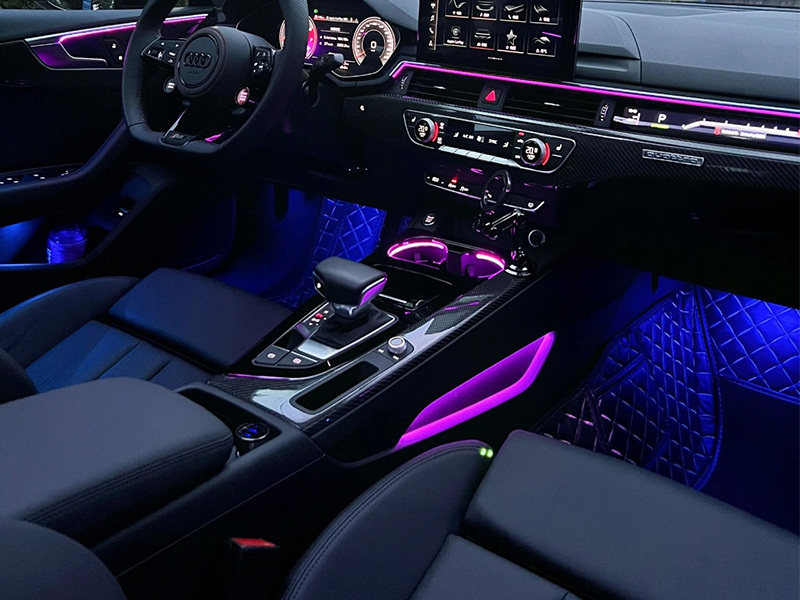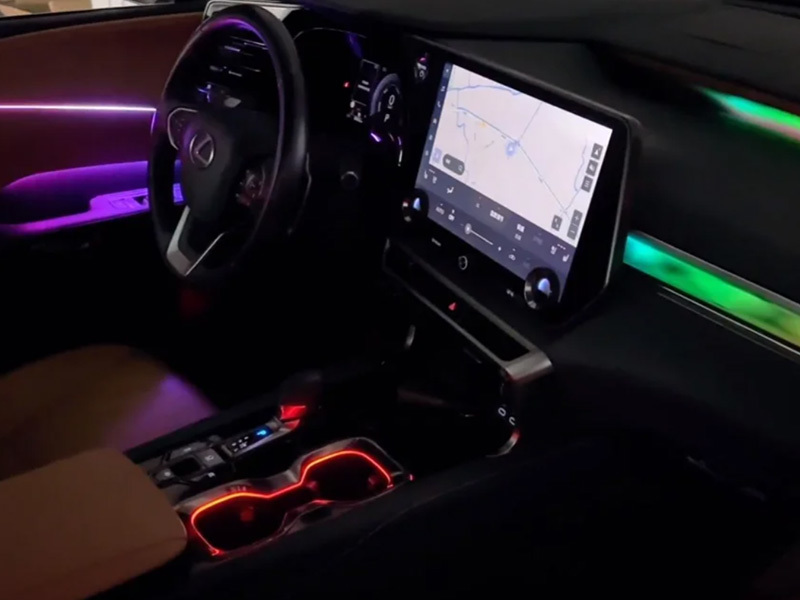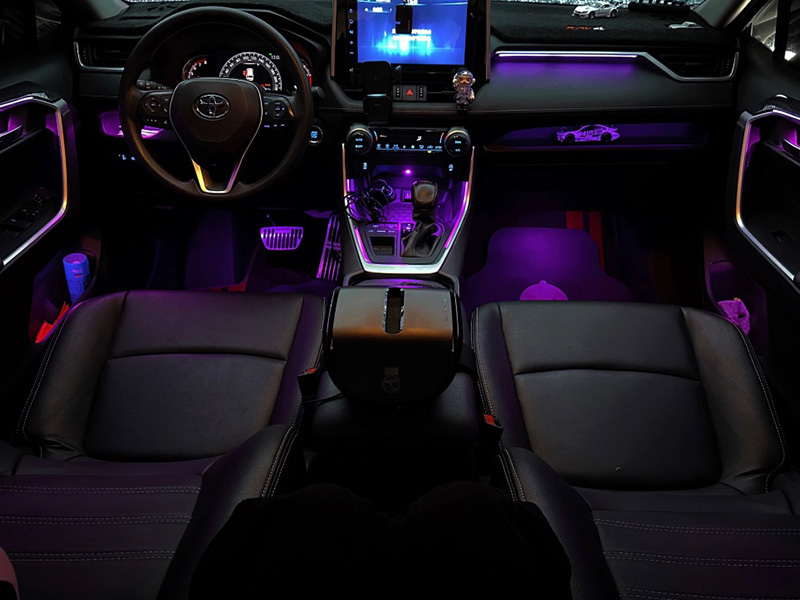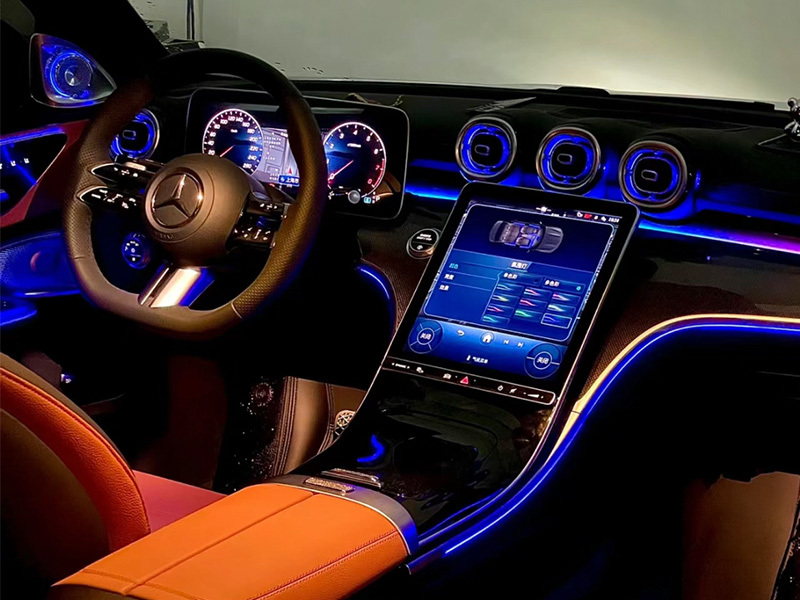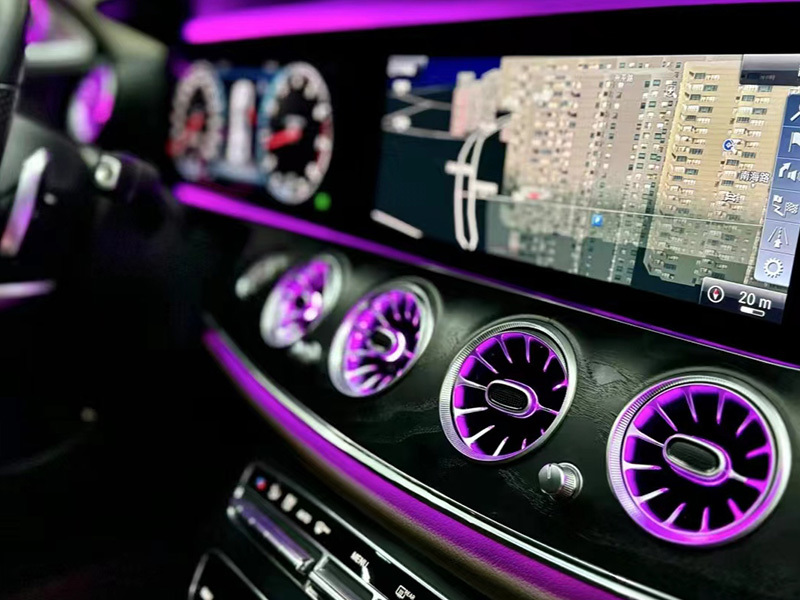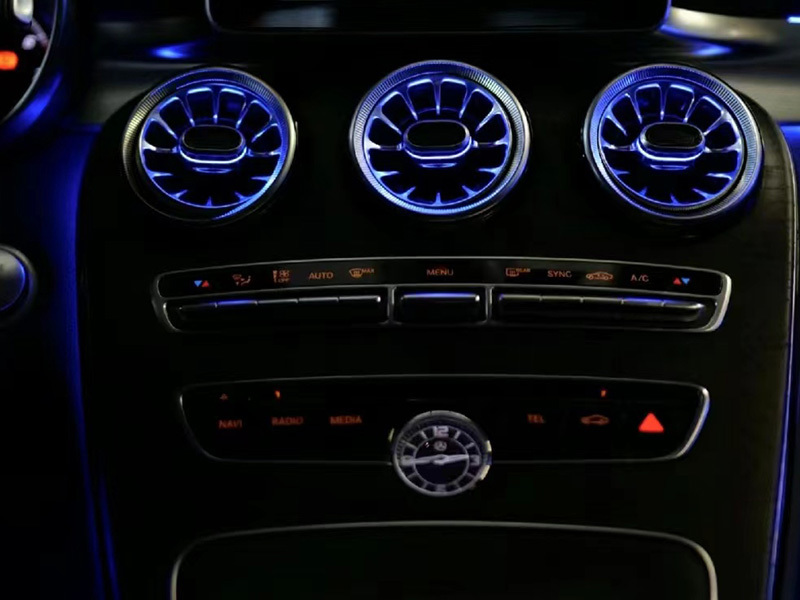Unleashing Sound Innovation: Understanding 3D Directional Tweeters
Release time:
2025-05-02
The emergence of 3D directional tweeters represents a significant advancement in audio technology, particularly in the electronic components sector focused on acoustic devices. These specialized tweeters are designed to enhance the spatial quality of sound reproduction, creating an immersive audio experience that goes beyond traditional stereo systems. At the core of their functionality is the abi

At the core of their functionality is the ability to emit sound in a directional manner. Unlike conventional tweeters, which typically disperse sound in a wide arc, 3D directional tweeters concentrate audio output in specific directions. This capability allows for a more precise placement of sound in a three-dimensional space, enabling listeners to perceive audio as if it surrounds them. Such directional audio can be particularly beneficial in environments where sound clarity and spatial accuracy are essential, such as in home theaters, gaming setups, and professional audio installations.
One key advantage of 3D directional tweeters is their ability to improve soundstage and imaging. By controlling the directionality of high-frequency sounds, these tweeters can create a more defined sound field, allowing listeners to discern individual audio elements more clearly. This is especially crucial in complex musical arrangements or cinematic soundtracks where clarity and separation of instruments or effects can profoundly affect the listening experience.
In addition to enhancing audio fidelity, 3D directional tweeters can also contribute to more efficient use of amplification. By focusing energy in targeted directions, they often require less power to achieve the same loudness compared to traditional tweeters. This efficiency can lead to overall improvements in system performance and longevity, making them an attractive option for designers of high-end audio systems.
Moreover, 3D directional tweeters are increasingly being incorporated into portable audio devices, further expanding their utility. As consumers demand higher quality sound in compact formats, these tweeters allow for enhanced audio experiences in smaller packages, catering to the growing trend of mobile audio consumption.
When integrating 3D directional tweeters into audio systems, it’s essential to consider factors such as placement, crossover design, and the overall acoustic environment. Proper orientation and alignment can significantly impact the effectiveness of the directional capabilities of these tweeters, ensuring that users fully enjoy the immersive audio experience they offer.
In summary, 3D directional tweeters signify a leap forward in audio technology, marrying innovative design with practical application. By delivering sound with unprecedented clarity and spatial awareness, they are poised to redefine how we interact with audio in various settings. Whether you are an audio engineer, a designer, or an enthusiastic listener, understanding the capabilities and applications of 3D directional tweeters will be invaluable as the industry continues to evolve.
Related articles
Enhance Your Driving Experience with Signature Ambient Lighting!
Are you ready to transform your car’s interior and elevate your driving experience to a whole new level?
Unleash Your Car's Personality with Unique Car Mod Ideas
Are you tired of driving a mundane vehicle on the streets?
Bringing Luxury and Comfort to Your Drive: A Review of Vehicles with Ambient Lightings
As an automotive passionate, I have had the opportunity to test out various vehicles with ambient lighting
What color does the ambient light in the car look good
The color of the ambient lighting in the car depends on your personal preferences and the overall style of the vehicle interior. Generally speaking



